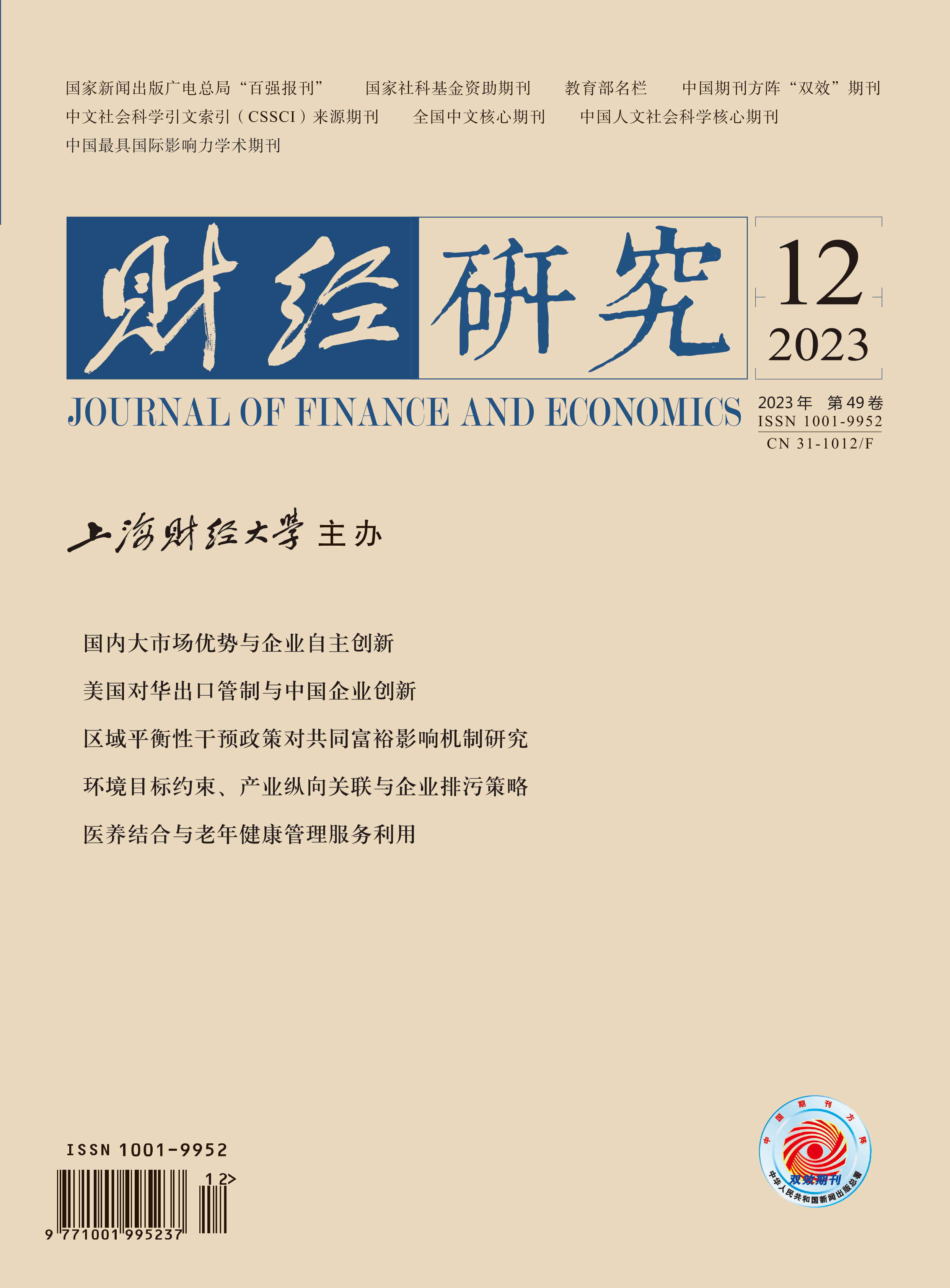人工智能是任务偏向型技术,其广泛应用可能会扩大工资差距,但对城市规模工资溢价影响需深入研究。文章利用中国劳动力动态调查微观数据和人工智能应用数据,实证探讨在人工智能冲击下非常规和常规劳动力所获得的城市规模工资溢价及其机制。研究发现:相比于常规劳动力,人工智能使得非常规劳动力得到了更高的城市规模工资溢价,该结论在工具变量法、重新划分劳动力类型和扩展样本的检验下依然稳健。机制分析表明:相对于常规劳动力,具有任务偏向型属性的人工智能应用能够强化非常规劳动力在城市集聚经济下的学习、匹配效应,从而提高其城市规模工资溢价。进一步研究表明,不同任务类型劳动力获得城市规模工资溢价会因所处的区位、个体特征而呈现一定的差异性。文章为区域协调发展政策和共同富裕政策的制定提供了理论依据与经验支撑。
人工智能、劳动力任务类型与城市规模工资溢价
摘要
参考文献
2 陈飞,苏章杰. 城市规模的工资溢价: 来源与经济机制[J]. 管理世界,2021,(1):19−32.
4 郭凯明. 人工智能发展、产业结构转型升级与劳动收入份额变动[J]. 管理世界,2019,(7):60−77.
5 李红阳,邵敏. 城市规模、技能差异与劳动者工资收入[J]. 管理世界,2017,(8):36−51.
6 李梦薇,徐峰,高芳. 人工智能应用场景的界定与开发[J]. 中国科技论坛,2021,(6):171−179.
8 潘丽群,陈坤贤,李静. 城市规模工资溢价视角下流动人口工资差异及其影响路径研究[J]. 经济学动态,2020,(9):111−129.
12 王俊. 经济集聚、技能匹配与大城市工资溢价[J]. 管理世界,2021,(4):83−98.
13 王林辉,胡晟明,董直庆. 人工智能技术会诱致劳动收入不平等吗——模型推演与分类评估[J]. 中国工业经济,2020,(4):97−115.
15 魏下海,张沛康,杜宇洪. 机器人如何重塑城市劳动力市场:移民工作任务的视角[J]. 经济学动态,2020,(10):92−109.
17 余玲铮,魏下海,孙中伟,等. 工业机器人、工作任务与非常规能力溢价——来自制造业“企业—人”匹配调查的证据[J]. 管理世界,2021,(1):47−59.
19 Autor D H, Levy F, Murnane R J. The skill content of recent technological change: An empirical exploration[J]. Quarterly Journal of Economics,2003,118(04):1279−1333. DOI:10.1162/003355303322552801
20 Acemoglu D, Autor D. Skills, tasks and technologies: Implications for employment and earnings[J]. Handbook of Labor Economics,2011,4:1043−1171.
21 Combes P P, Duranton G, Gobillon L, Puga D, Roux S. The productivity advantages of large cities: Distinguishing agglomeration from firm selection[J]. Econometrica,2012,80(6):2543−2594. DOI:10.3982/ECTA8442
22 Duranton G, Puga D. Micro-foundations of urban agglomeration economies[J]. Handbook of Regional and Urban Economics,2004,4: 2063−2117.
23 Koster H R A, Ozgen C. Cities and tasks[J]. Journal of Urban Economics,2021,126: 103386. DOI:10.1016/j.jue.2021.103386
24 Lordan G, Neumark D. People versus machines: The impact of minimum wages on automatable jobs[J]. Labour Economics,2018,52: 40−53. DOI:10.1016/j.labeco.2018.03.006
25 Marcolin L, Miroudot S, Squicciarini M. To be (routine) or not to be (routine), that is the question: A cross-country task-based answer[J]. Industrial and Corporate Change,2019,28(3):477−501. DOI:10.1093/icc/dty020
26 Michaels G, Natraj A, Reenen J V. Has ICT polarized skill demand? Evidence from eleven countries over twenty-five years[J]. Review of Economics and Statistics,2013,96(1):60−77.
27 Moll B, Rachel L, Restrepo P. Uneven growth: Automation’s impact on income and wealth inequality[R]. NBER Working Paper No.28440, 2021.
28 Papageorgiou T. Occupational matching and cities[J]. American Economic Journal:Macroeconomics,2022,14(3):82−132. DOI:10.1257/mac.20180122
引用本文
李静, 闫曰奇, 潘丽群. 人工智能、劳动力任务类型与城市规模工资溢价[J]. 财经研究, 2023, 49(12): 62-76.
导出参考文献,格式为:





 4881
4881  9161
9161

